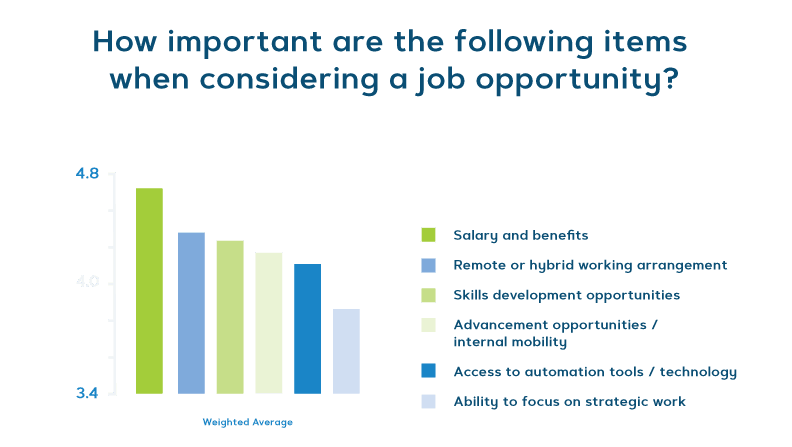By the end of 2025, the Infrastructure Investment and Jobs Act will have created 461,000 new construction jobs. That’s an opportunity for nearly half a million people, but what happens if there aren’t enough workers to take the jobs? It’s a question that weighs heavy on the minds of construction firms, general contractors and subcontractors.
In a press release from the Associated Builders and Contractors (ABC), ABC Chief Economist Anirban Basu said: “The workforce shortage is the most acute challenge facing the construction industry despite sluggish spending growth. After accounting for inflation, construction spending has likely fallen over the past 12 months. As outlays from the infrastructure bill increase, construction spending will expand, exacerbating the chasm between supply and demand for labor.”
Construction firms, general contractors and subcontractors are already grappling with labor shortages across the trades, material shortages and supply chain delays. Contractors and subcontractors are also experiencing sky-high prices on labor, energy and key materials like steel and lumber – not to mention the effects of a potential recession.
Understanding the pressing labor shortage in construction
According to Contractor News, there were 88,000 fewer construction workers at the end of 2021 compared to pre-pandemic levels. It’s largely because construction is an aging industry—more than 1 in 5 construction workers are currently older than 55, according to ABC—and they are retiring or transitioning to other industries. Fewer younger workers are replacing them. In fact, there’s been an 8% decline in the number of construction workers ages 25-54 over the past decade.
Competition for workers is fierce as firms fight to take advantage of increased demand for infrastructure, housing and other projects. They are paying higher wages to secure commitments. The Associated General Contractors reports the average hourly wage in construction has risen faster than it has in 40 years.
It’s the cost of doing business. Without access to workers and resources, firms are forced to delay jobs or pass them on to competitors that have the resources to complete them.
The steep cost of construction delays
Delays aren’t just frustrating. They’re expensive. They also tie up cash flow, which makes it difficult for firms to pay their employees and workers. It can also be challenging for contractors to take on new jobs and gain loyalty with suppliers if payments are delayed.
What can construction firms do to shore up their workforce and avoid project delays?
“With a lighter workforce, it’s more important than ever to identify what employees want,” said Todd Lofgren, executive vice president and general manager for Skanska USA, in an email to Construction Dive.
How to combat the labor crunch in the construction industry
To better understand the staffing challenges currently facing financial departments and to learn what AP professionals are looking for in their careers, AvidXchange and the Institute of Finance & Management (IOFM) conducted an “AP Professional Career Satisfaction Survey.”
One of the biggest takeaways the survey revealed is nearly half of AP professionals would be unlikely to consider a job opportunity at an organization that didn’t have the tools or technology to automate some or all of their work. Additionally, finance professionals value skills development and the opportunity to work on more strategic initiatives.

Arming the back-office side of the business, the AP staff, with technology tools such as AP automation is a way that construction AP staff can work more efficiently and strategically. Automated technology rids construction AP staff of time-consuming tasks around processing invoices and paying bills and provides visibility into the numbers, empowering them to better manage cash flow and ensure speedy payments.
Additionally, freeing construction AP professionals from manual tasks enables them to focus on strengthening relationships with suppliers, securing discounts and building new vendor opportunities. AP automation also helps contractors to scale by eliminating the need to hire extra AP staff while allowing the existing staff to handle more work with less frustration.
For more information on how end-to-end AP automation can help your company respond to staffing challenges and for a deeper look into our AP professional career satisfaction survey results, download our white paper “How to Attract, Retain and Grow Top AP Talent Amid Economic Uncertainty.”



